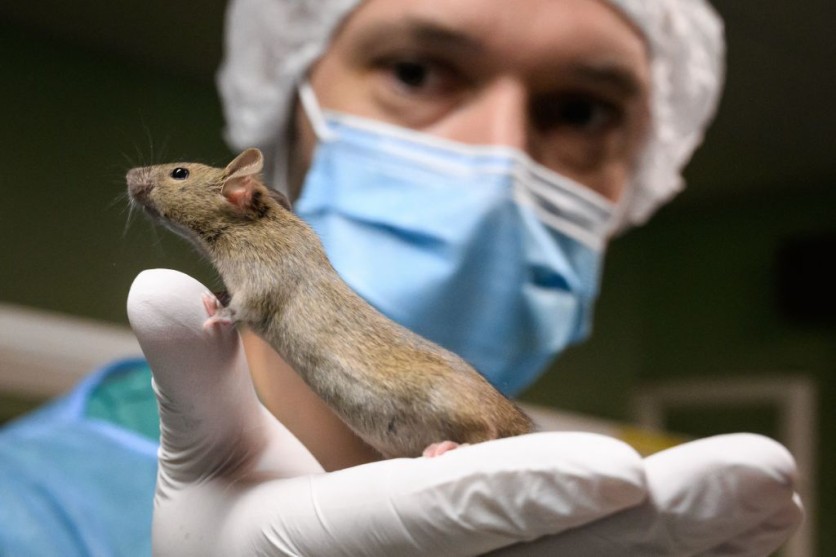A new study has unveiled that many rats in the Southeastern United States (US) have been infected with a rat lungworm disease. Scientifically known as Angiostrongylus cantonensis, the adult form of rat lungworm, a parasitic worm, can only be found in rodents.
However, humans can also become infected by eating infected snails and slugs or unwashed lettuce and other raw leafy vegetables.

Rising Rat Lungworm Infections
The research has uncovered the presence of this infection among rat populations in the Southeastern US. The rat lungworm has a reputation for being a rare infection.
But when rodents become infected, they can excrete worm larvae in their feces, contaminating other creatures such as snails and slugs. It could pose health risks if humans consume these infected intermediate hosts in a raw or undercooked state.
While many individuals experience mild or no symptoms, Interesting Engineering reported that this parasite has the potential to invade the human brain, leading to symptoms such as headaches, neck stiffness, vomiting, and neurological problems.
Although rat lungworm has often been considered a rare ailment, it caught Hawaii off guard in 2017 when the state documented 18 confirmed and three probable human cases of the A. cantonensis infection.
According to the state's health department, Hawaii recorded three cases in 2022 and two in 2023. A few incidents have also been reported in Europe.
Read Also : COVID-19 Mutations Found in NYC Rats; Can These Rodents Infect Humans? Officials Share Concerns
Collecting Tissue Samples from Rats
The research focused on a sample of 33 wild brown rats. Tissue samples were collected from various organs, including the brain, heart, liver, kidney, lung, spleen, skeletal muscle, skin, gastrointestinal tract, adrenal gland, and gonads.
ArsTechnica reported that these rats, which had died between 2019 and 2022, were sourced from a zoological facility in Atlanta, Georgia. Among the examined rats, seven out of 33 exhibited signs of A. cantonensis lungworm infection, as determined by analyzing heart, pulmonary artery, and brain tissues.
The study implies that A. cantonensis infections in rats existed in Georgia well before 2019 when the first positive rat case was documented, as the rat lungworm had previously been detected in neighboring states such as Florida and Alabama.
According to the US Centers for Disease Control and Prevention (CDC), most eosinophilic meningitis cases linked to A. cantonensis have historically been traced back to Southeast Asia and the Pacific Islands.
The presence of this parasite has also been documented in regions such as Africa, the Caribbean, Australia, Hawaii, and, more recently, in the southern US.
The primary objective of this research endeavor was to discern the expansion patterns of the A. cantonensis lungworm in North America. The researchers considered this exploration crucial to develop effective measures for reducing infection risk for both humans and other animals.

ⓒ 2025 TECHTIMES.com All rights reserved. Do not reproduce without permission.




